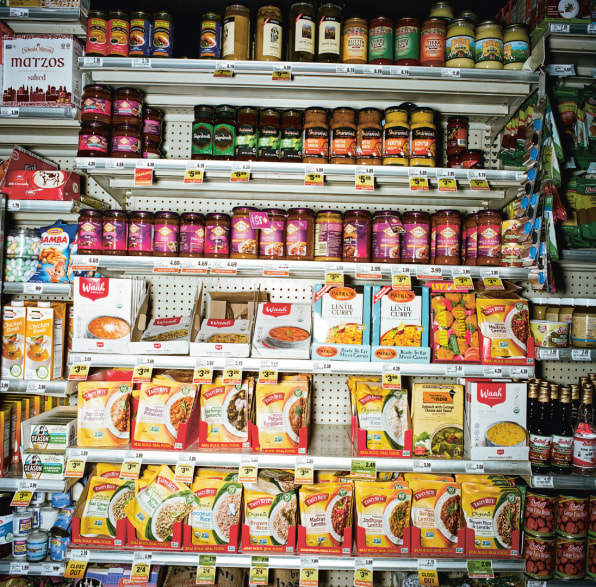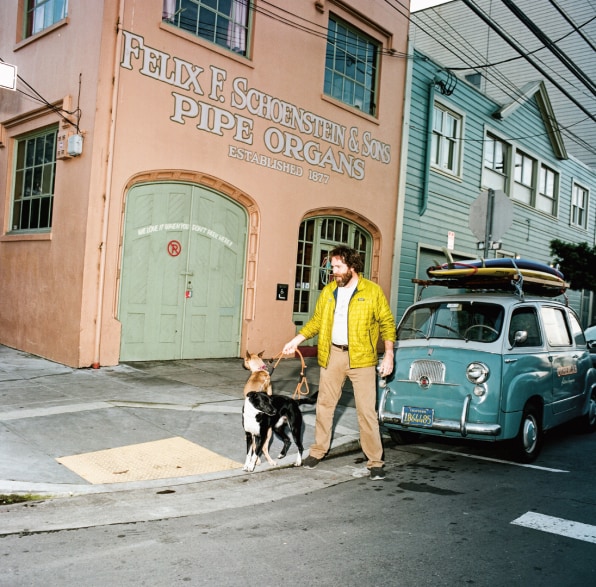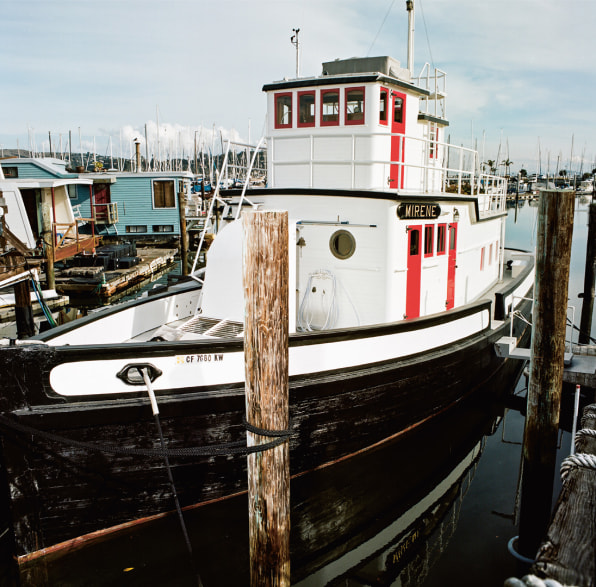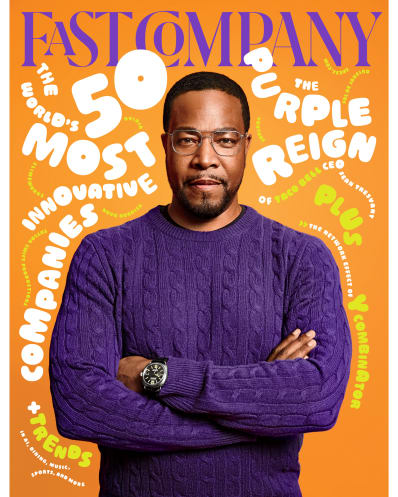At a rather unremarkable intersection in Cupertino, California, there’s an Asian specialty foods store called 99 Ranch Market. It’s an outpost of a national chain founded in the 1980s, and it’s tucked into the kind of strip mall familiar to just about anyone who has lived in the suburbs. Apple Park, which has a $4.17 billion price tag, is directly across the street. Everyday life in Silicon Valley really depends on where you look.

The San Francisco area is one of the most expensive in the United States. The influx of tech companies and tech money from the likes of Google, Facebook, Apple, and Tesla have inundated the area with cash and exacerbated a housing crisis. Even so, Fazel found over about 10 days of shooting between late 2019 and early 2020 that Silicon Valley is much more dynamic than glinting, multimillion-dollar corporate campuses traversed by techies in hoodies and Allbirds sneakers. The built environment gives you a hint.

“Silicon Valley has certain products and services that they propose and they offer us and we’re all familiar with, but the actual built environment is something more opaque that we don’t have a clear idea of,” Fazel says. But, he adds, “There’s a disconnect in what we understand about Silicon Valley in terms of people’s lives.”
One of Fazel’s favorite photographs is one he took at Photo Magic, a photo studio in Fremont. The photograph itself doesn’t look like anything special: It captures one man showing another a photograph on his digital camera as he sits on a stool inside the studio, just down the street from the Tesla Factory Showroom.
But the snapshot tells a deeper story than at first glimpse. According to Fazel, the business relies entirely on providing passport photos for Indian nationals who work as engineers in the area. “It spoke to the bureaucracy that Indians face in getting passports and paperwork taken care of and the seriousness with which they view that,” says Fazel, who says he takes his own passport photos as selfies with his iPhone.

A Bank of America at the intersection of Green Street, Columbus Avenue, and Stockton Street (page 29) in San Francisco boasts ornate details that reveal the building’s roots in the early 1900s. (Nearby Montgomery Street would later be known as the “Wall Street of the West.”) Old painted signs and large street-level double doors like on the Felix F. Schoenstein & Sons Pipe Organs building (page 48) hearken back to the 19th century, when horse-drawn carriages—not electric cars—got people around.



 Fastcompany.com adheres to NewsGuard’s nine standards of credibility and transparency.
Fastcompany.com adheres to NewsGuard’s nine standards of credibility and transparency.